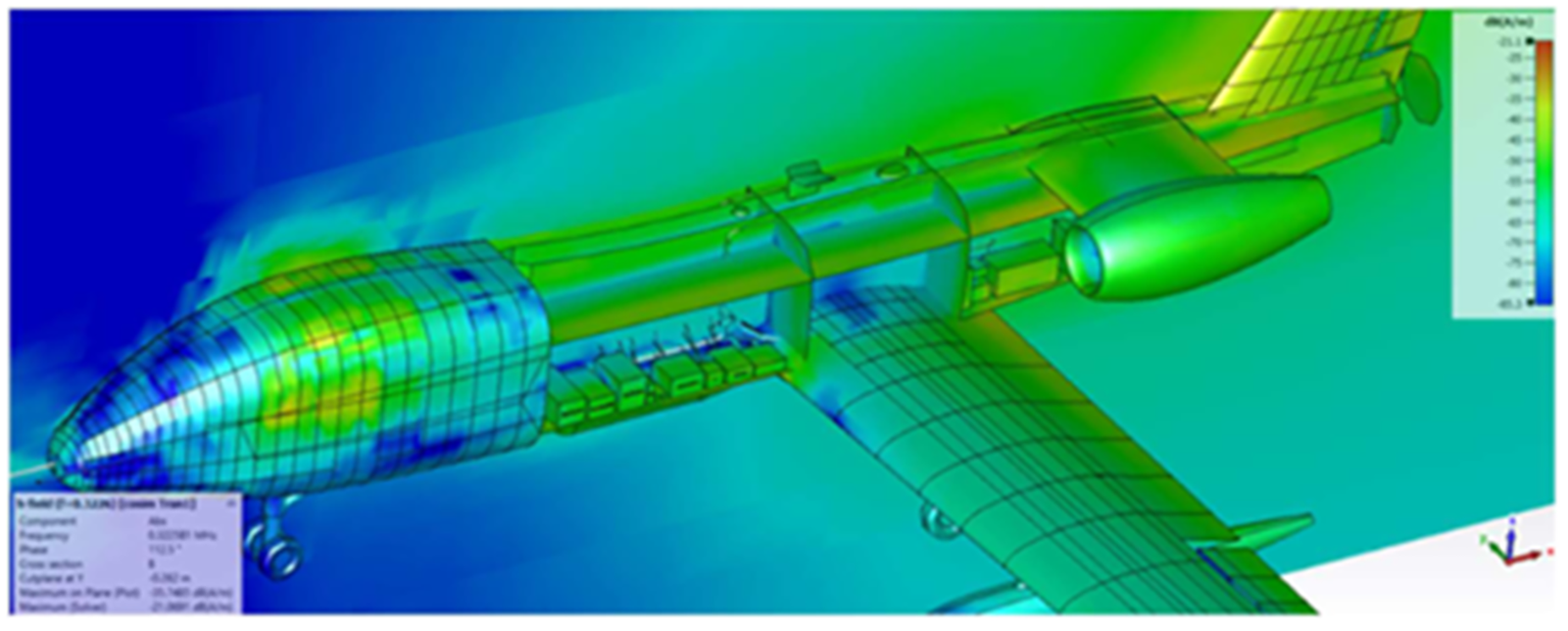Stay Up to Date
Submit your email address to receive the latest industry and Aerospace America news.
The Multidisciplinary Design Optimization Technical Committee provides a forum for those active in development, application and teaching of a formal design methodology based on the integration of disciplinary analyses and sensitivity analyses, optimization and artificial intelligence.
This year, several areas in the field of multidisciplinary design optimization saw progress both in aeronautical and space applications.
In March, the Multiscale Multiphysics Design Optimization Laboratory at the University of California San Diego released ParaLeSTO. Short for Parallel Level Set Topology Optimization, this code parallelizes OpenLSTO, both of which are based on the level set topology optimization method developed in the lab. It utilizes discrete adjoint sensitivities, allowing automatic differentiation libraries for complex multifunctional design via topology optimization with coupled physics. Multiscale topology optimization was extended to consider electrochemistry and to design the thermal and mechanical load-managing battery system integration for electrical aircraft. In addition, multifidelity modeling allowed researchers to consider material property uncertainties to obtain a robust topology optimization design within a reasonable computational cost.
In July, Brigham Young University’s Flight, Optimization, and Wind Laboratory released major updates to the ImplicitAD.jl software package for automating steady and unsteady adjoints leveraging forward- and reverse-mode algorithmic differentiation. Applications include derivatives for a 3D panel code, an unsteady vortex particle method and an unsteady geometrically exact beam analysis, conducted with the U.S. Department of Energy. Starting in September, NASA funding supported additional methodology development, aerospace applications and OpenMDAO integration.
At NASA’s Goddard Space Flight Center in Maryland, a group of researchers in September completed QUAnT, the Quantification of Uncertainty Analysis Toolkit. This set of computational tools was designed to efficiently quantify uncertainty as needed to inform and guide the design process of complex, large-scale, multidisciplinary systems throughout their lifecycles. Based on multifidelity modeling and efficient sampling techniques, QUAnT demonstrated two-orders-of-magnitude improvements in computational cost for problems related to NASA’s Mars Sample Return program.
In Europe, Airbus continued its work on digital integration for the European Union’s Horizon 2020 initiative. The company and its partners in February completed the AGILE 4.0 research project, implementing its digital framework into an Operational Collaborative Environment. Combining model-based systems engineering and MDO in a heavily automated workflow, AGILE 4.0 allows for rapid, complex development with reduced design costs, especially for aeronautical systems. For instance, Airbus Defence and Space used the framework to model complex coupled issues including lightning strikes on a medium-altitude, long-endurance drone.
Throughout the year, Airbus entered research partnerships on the following projects: The U.K. Aerospace Technology Institute-funded ONEHeart, which is studying overall aircraft design and sustainable aviation; the European Union Horizon-funded Ultra Performance Wing, or UPWing; and the U.K. government-funded NextWing, which looks at the design and manufacturing of the next generation of high-performance transonic wings, with a focus on structural design, materials and manufacturing. The aim is by including high-fidelity and contextual operational effects in the early stages of product design, the companies will develop complementary technology bricks such as semantics and simulation data management and incorporate real-world event simulation. The research intent is to demonstrate probable concept maturity far earlier in the product design process. Total funding for the projects exceeds €120 million ($127 million) over the next four years.
Contributors: Nathalie Bartoli, Alicia Kim, Martin Muir and Andrew Ning
Stay Up to Date
Submit your email address to receive the latest industry and Aerospace America news.




